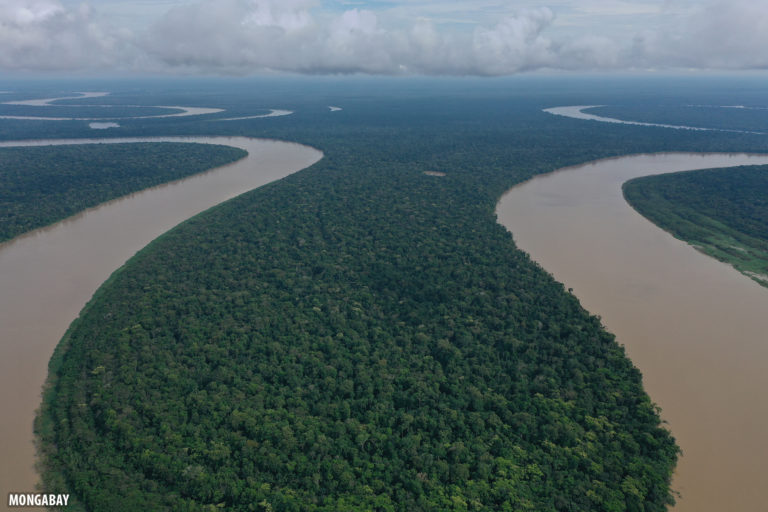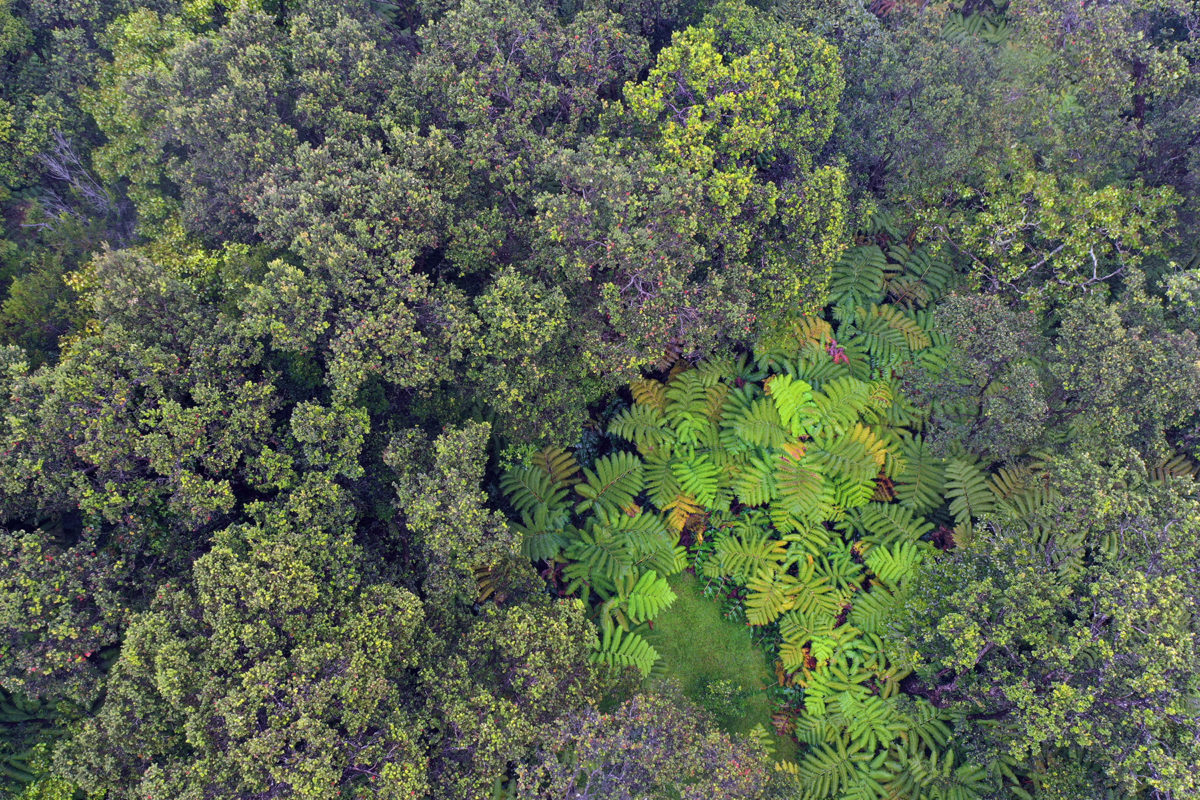2020 was a rough year for tropical rainforest conservation efforts, as explained in Mongabay’s year-end wrap-up on rainforests. So what’s in store for 2021? Here are 11 things to watch.
Post COVID recovery
The pandemic itself presented incredible challenges for conservation, including crushing ecotourism-based livelihood models, creating hardships for local communities and researchers, pushing NGOs to pull out of field projects, spurring a rise in the price of many tropical commodities that drive deforestation, and redirecting funding and attention from environmental law enforcement. But measures to jumpstart the economic recovery made the situation worse in some places. Peru provided stimulus money to companies involved with illegal logging, Indonesia passed a sweeping deregulation law and other programs that could unleash large-sale deforestation for oil palm plantations and coal mines, and countries from Brazil to Cambodia turned a blind eye to illegal forest clearing and encroachment. As part of their stimulus programs, several tropical countries are pushing potentially destructive large-scale infrastructure projects while relaxing environmental oversight at the same time.

But conservationists argue it doesn’t have to be this way. A number of reports published in 2020 have called the post-COVID recovery a unique opportunity to shift away from environmentally destructive business-as-usual practices, including transitioning away from fossil fuels, investing in conservation and protected areas, and working toward a more equitable and just society for people and the planet.
As we head into 2021, expect to see tension between these two competing approaches as countries grapple with how to recover from the crisis.

A second area to watch under the post COVID recovery theme is macroeconomic factors that can affect deforestation rates, like the weakening dollar, the flow of remittances into tropical countries, inflation rates, and commodity prices. The pandemic triggered a large outflow of people from cities to rural areas. This may be temporary, but if it’s not, then there are potential implications for deforestation associated with subsistence agriculture.

